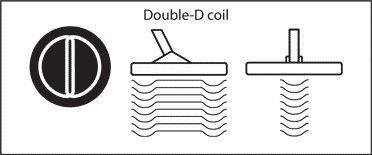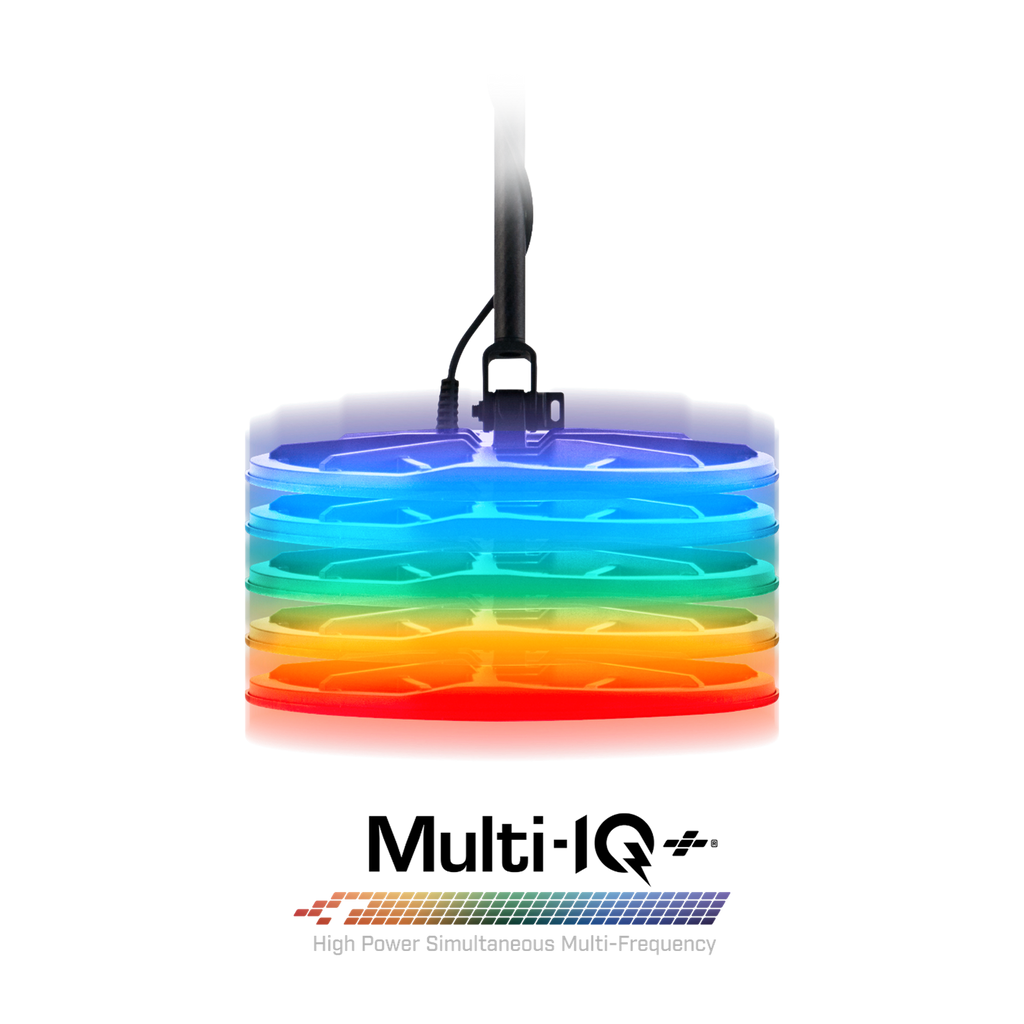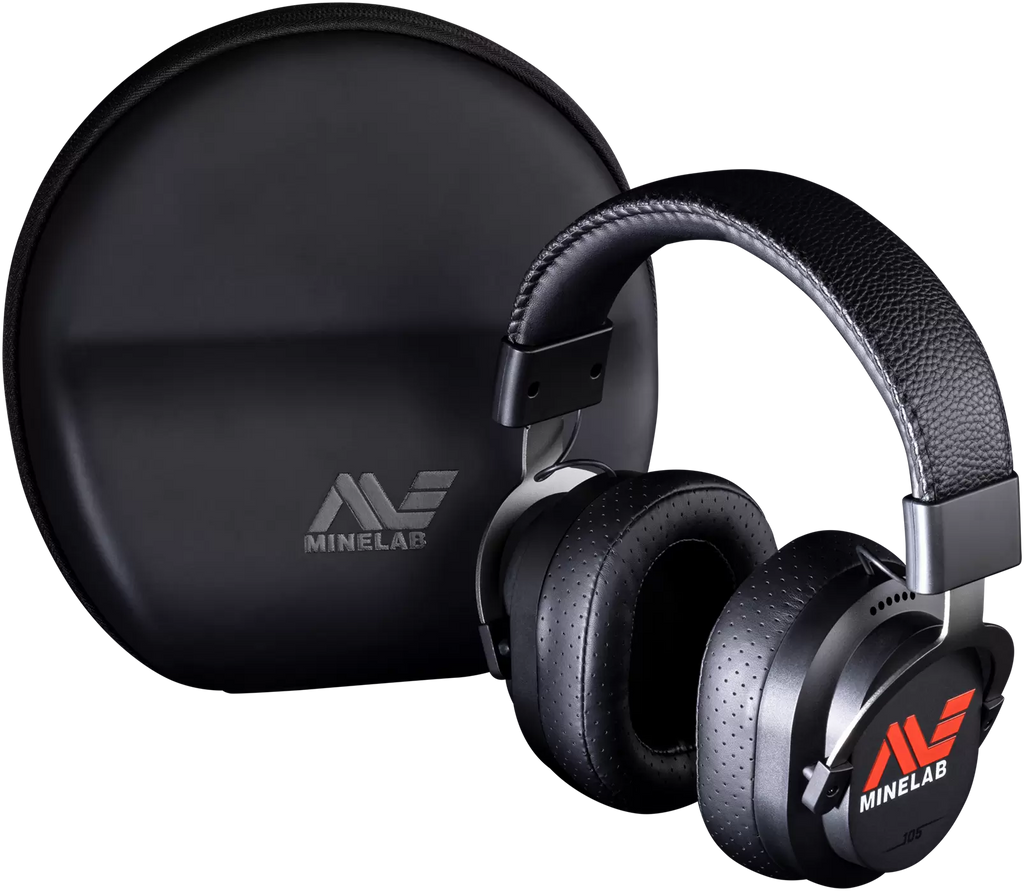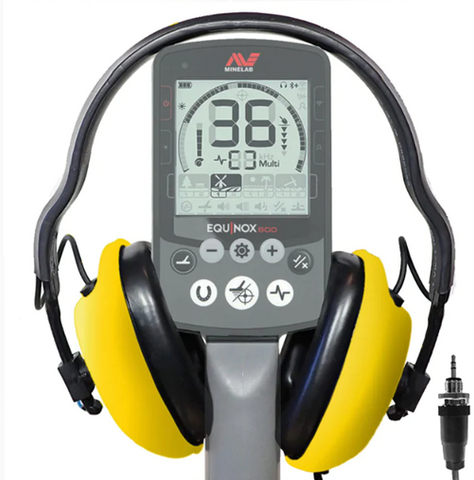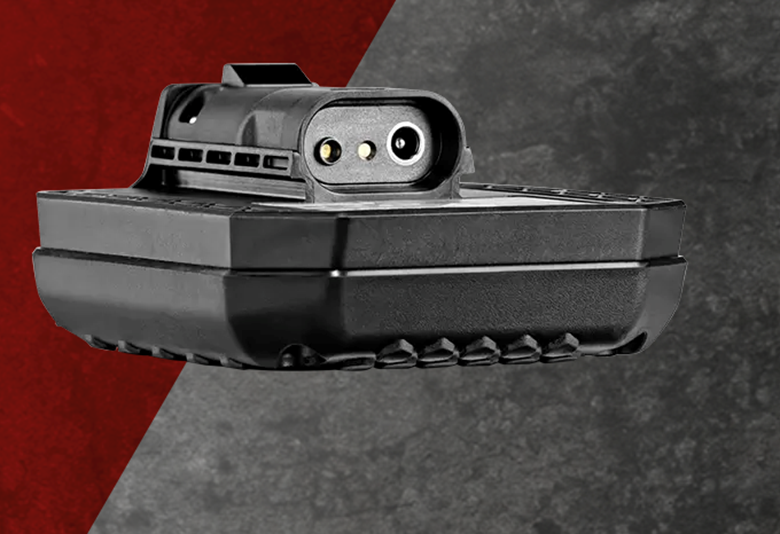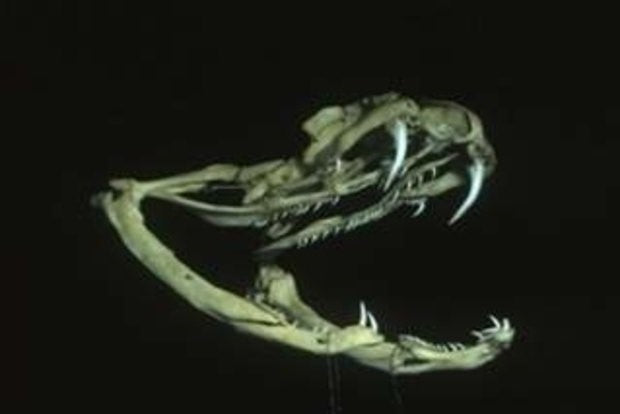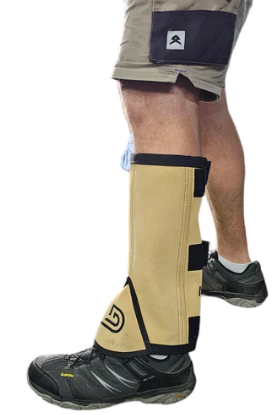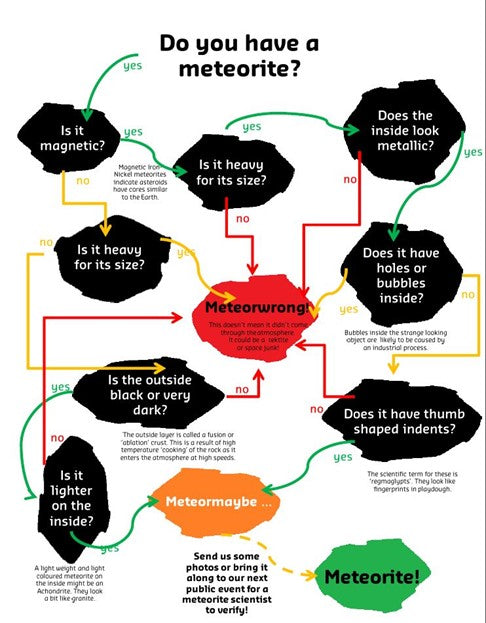Have I Found a Meteorite ?
Below are some links to websites containing informative guides on how to identify a meteorite:
The Differences between a Meteorite, and an Impactite, and a Tektite
In the simplest terms –
A Meteorite is a piece of rock or metal that has fallen to the earth's surface from outer space as a meteor. Not all meteorites consist of metals. Most meteorites (about 95%) that have been recovered on Earth are of the ‘Stony’ type.
Meteorites of high density are heavier, and strongly attracted to a magnet due to the amount of Iron and Nickel they contain. Most of the largest meteorites ever recovered on the mainland of Australia are of the Iron-Nickel Type. These are one of the least common types of meteorites found (only about 4% are of the Iron-nickel type). In fact, the largest recorded meteorite found in Australia was officially discovered in 1966 and it weighed over 12-Tonnes.

A Tektite is a terrestrial molten rock fragment ejected out of the crater during a meteor impacts.
Tektites are small, black blobs that might pass for hardened bits of asphalt but they are actually glassy stones. They commonly take on distinctive regular shapes like teardrops, jelly-beans, dumbbells, and interesting flanged buttons that look like the tops of large rivets with the stems melted off. Tektites are found strewn about on the ground in widely separated "fields" around the world, the largest of which covers most of Australia. Many prospectors find tektites throughout Central Australia and the south part of Western Australia.
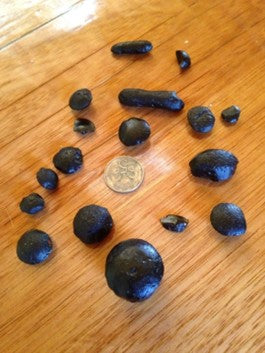
An Impactite is a terrestrial rock modified by the high stresses of pressure and temperature during a meteorite impact. It is generally the rocks present in the impact crater. It can also include brecciated rock materials, and shatter cones.

XRF Testing of Metallic Specimens
Some jewellers, and gold/jewellery buyers, use a portable/handheld X-Ray Fluorescence analyser (commonly called an “XRF gun”) to non-destructively test items - in order to determine their metallic composition. XRF guns can cost in the order of tens-of-thousands of dollars to buy.
Accordingly, suspected metallic meteorites can be tested by an XRF gun to quantify the percentages of metals present.
If you have a piece of metal that does attract a magnet, and you want to know if it is an iron-nickel meteorite - then you could try and obtain an XRF analysis for the elements of: Iron (Fe), Nickel (Ni), Cobalt (Co), Chromium (Cr), and Manganese (Mn).
Iron-nickel meteorites will typically contain about: 75 to 95% Fe, 5 to 25% Ni, 0.2 to 2% Co, and less than 0.05 % each of Cr and Mn. The nickel/cobalt ratio in meteoritic metal is usually in the 10 to 25 range. If the metal contains more than 0.05% Chromium or Manganese - then it is NOT a meteorite.
Recently, a customer visited our store to seek advice about some interesting metallic specimens he had detected in Queensland. The customer suspected they may have been iron-nickel meteorites. I was informed that the specimens were very heavy, and very-strongly attracted to a magnet. I was advised that subsequent XRF analysis results indicated the following composition: Fe 97.65%, Mn 1.2%, Ni 0.68% and Cr 0.56%. Based on the absence of Cobalt, and also the Manganese & Chromium contents both significantly exceeding 0.05% - these XRF results indicated that the subject tested specimen is NOT an iron-nickel meteorite.

What is a Widmanstätten pattern ?
The Widmanstätten pattern (also known as Thomson structures) is a distinctive formation of interweaving (cross-hatched) lines that appear in some Iron-Nickel meteorites when a cut & polished cross-section of such a metallic meteorite is etched with weak acid.
The methods used to reveal the Widmanstätten pattern in iron meteorites vary. Most commonly, the meteorite is firstly faceted or cut/sliced, then an exposed face is ground and polished, then cleaned, and etched with an acidic etchant (e.g. a mixture of 1-part Hydrochloric Acid, added to 2-parts Hydrogen Peroxide in a non-metallic container). Then the prepared specimen is washed, and dried.
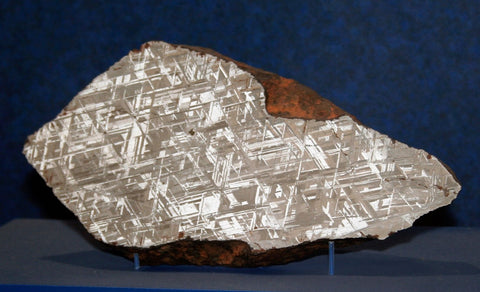
Can I keep a meteorite I found in Australia ?
That depends on WHEN ? HOW ? and WHERE ? you found a meteorite in Australia.
Most of the States (and Territories) in Australia have laws (since from about the 1970’s/1980’s) which deem any meteorites found in those particular States to be the property of the Crown or State.
However, those laws do not apply to other specimens like Tektites (Australites) and Impactites – that are also often formed when a meteorite impacts the ground. Sometimes Tektites and Impactites are also found near an impact crater.
Queensland’s Fossicking laws prohibit the collection of meteorites in Queensland whilst fossicking.
However, it is my understanding that if a person was in Queensland or New South Wales, AND was lawfully permitted to be upon such land AND also permitted to remove any specimens found on such land, AND if by way of chance discovery (e.g. NOT fossicking in Queensland) found a suspected/unconfirmed specimen – then they would be able to take possession of such a specimen.
Can I lawfully sell a meteorite I found/acquired in Australia ?
If you lawfully found a meteorite in Australia, or lawfully acquired a meteorite within Australia – then you are lawfully permitted to sell the subject meteorite within Australia.
In 2021, an ABC News report was published online stating that in 2016 two men, who were reportedly fossicking for gold on Western Creek Station, near Georgetown in North Queensland, detected (using a Minelab pulse-induction metal detector) a meteorite weighing 24.3 kilograms. It was also reported that they sold this Iron-nickel meteorite to ‘Geoscience Australia’ for AU$200,000 (i.e. over AU$8 per gram).

Similarly, to the above 24.3kg meteorite being detected on Western Creek Station – in April 2016 I was informed by an Australian prospector that in early 2016 he was gold prospecting using a Minelab GPX 5000 detector on the eastern part of Western Creek Station (near Georgetown) where he detected a 9.6kg metallic specimen (a suspected Iron-Nickel meteorite) at a depth of about 0.4 metres.
The sale of a meteorite in Australia to an overseas buyer is prohibited without an official export permit pursuant to Commonwealth laws.
Recent Unusual Meteor Sighting in Australia
In May 2023 it was reported that a fireball lit up the sky in Queensland between Mackay and the Gulf of Carpentaria. NASA confirmed that this meteor was the LARGEST recorded over Australia in at least 30 years.
When it exploded, the meteor had an altitude of about 30 kilometres above Blackbull, a small rural locality between the Gulf communities of Normanton and Croydon, in north-west Queensland.
The data also revealed the meteor was travelling at a velocity of almost 30 kilometres per second. Scientists estimated that the meteor had a diameter of about 3.5 metres (of equivalent size to an average caravan) and weighed about 80 tonnes.
My further enquiries with NASA obtained additional data indicating that when the meteor was detected travelling from an altitude of 100km, down to 30km altitude, it was heading approximately Westwards (with an approximate bearing of 280 degrees), whilst falling at an angle of about 40 degrees.
Due to the blue and green colours of the meteor fireball observed, it is suspected by scientists that this meteorite was a metallic (Iron-nickel) meteorite.
Will fragments of this meteorite be found in Queensland ? - including perhaps by someone using a metal detector ?
NASA data also indicates that in recent years (since 2014), there have been several significant fireball events detected in North Queensland.

Where in Australia have meteorites been found ?
The following free on-line search database contains over 700 records of various types/sizes (and photos of) meteorites that were found in Australia over the past few centuries:
https://encyclopedia-of-meteorites.com/Meteorites
In recent years a few large meteorites have been detected on Western Creek Station in North Queensland by gold prospectors using Minelab detectors featuring pulse-induction technology.
Suitable Detectors & Coils for Meteorite Hunting
Meteorites containing sufficient quantities of iron/nickel (including the 'Stony-Irons' Meteorite Types) are detectable with a metal detector. Since metallic meteorite fragments are sometimes strewn about an impact crater, often for many kilometres away from the crater, then a suitable metal detector is a lightweight detector with a large coil – which is ideal for quicker ground coverage, and also greater depth capability.
Many meteorite hunters use a lightweight, Very Low Frequency (VLF) technology detector fitted with a 15-inch DD coil.
Recently released Minelab VLF detectors – which can operate using a variety of DD coils ranging in size from 6 inch diameter up to 15 inch diameter - include the X-TERRA PRO ($499), and Equinox 700 ($1,079), and Equinox 900 ($1,499).
Both Minelab, and Coiltek, manufacture a 15-inch diameter coil for these VLF detectors – priced at about $400 to $450.


Furthermore, in about early December 2023, Coiltek released a new BIGGER coil - the Coiltek 18" NOX coil ($470). It is a DD configuration coil of 18-inches (45cm) diameter - that is also compatible with the Minelab Equinox range of detectors, and also the Minelab X-TERRA PRO detector. This coil weighs nearly 1kg, is rated as waterproof to a depth of up to 5 metres, and carries a Coiltek Warranty for 2 years.

You don’t necessarily need a more expensive & heavier Pulse Induction (P.I.) technology metal detector to detect metallic meteorites. Other than a VLF detector, some meteorite hunters also use a lightweight, telescopic walking stick – fitted with a strong, rare-earth magnet attached near the end closest to the ground.
Tektites (which are of a glassy composition) are not detectable by a metal detector. Most are found by sight – often discovered washed down to low points (“sumps”) in the terrain (e.g. gullies or clay pans or salt lakes).
Many prospectors detect so-called “Hot Rocks” throughout Australia. Often many prospectors will simply discard such metallic specimens without further examination of them.
Mostly, such “Hot Rocks” are of terrestrial origin, and sometimes they can contain minerals such as gold. I have detected several hot rocks in W.A., and upon breaking them, I found they contained gold either in the form of a nugget, or a specimen, or concentrated gold mineralisation.
If such hot rocks are very heavy (e.g. like the weight of iron steel), and also highly magnetic, and also have smooth indentations (called “regmaglypts”) on the outer surface - then perhaps the specimen may be more than just a highly-mineralised, terrestrial hot rock ? ….. possibly a meteorite ?
Meteorites containing Gold ? ?
Over the decades, I have heard many explanations/theories (including from experienced geologists and prospectors) on how gold was formed on planet Earth. Most theories relate to terrestrial formation processes. In recent years, some scientists believe that gold was deposited upon earth by meteorites. A study published in 2011 suggested that:
"A massive meteor bombardment 3.9 billion years ago provided most of the gold and other precious metals found near the Earth's surface today"
Interestingly, a United States Geological Survey report published in 1968 stated that:
"The reported gold contents of meteorites range from 0.0003 to 8.74 parts per million. Gold is siderophilic, and the greatest amounts in meteorites are in the iron phases. Estimates of the gold content of the earth's crust are in the range of 0.001 to 0.006 parts per million."


